While many believe that water seepage in a basement happens due to large cracks in the walls or floors, sometimes the issue can be the wall itself, which isn’t nearly as easy to identify. As such, it’s essential that you waterproof your basement in order to stave off any water damage now or in the future, as is described here. Two of the most common materials utilized in waterproofing include that of exterior waterproofing membrane and Sodium Bentonite. The following will take a look at which of these is the better option for you and your home.
What is Exterior Waterproofing Membrane
Exterior waterproofing membranes are a common material placed outside of the basement in order to keep any water from seeping in and damaging the foundation of your home. Exterior waterproofing is typically utilized when interior waterproofing methods are no longer feasible for the amount of repairs that are needed. These membranes consist of a cement or tar substance that is combined with a waterproofing fabric or felt material and then installed in an area that has been excavated.
What is Sodium Bentonite
Sodium Bentonite is a substance that tends to be used as a less-expensive and quicker form of waterproofing within a basement. This method is typically the go-to waterproofing method depending on how much work needs to be done. This substance is sold in a slurry form. It is then injected into the soil around the area where the crack in the wall or formation is, after which it will expand greatly into a hard substance that has now filled in the crack and will keep water from entering again. As with many aspects of life, there are advantages and disadvantages to both options.
Advantages of Exterior Waterproofing Membrane Over Sodium Bentonite
Installing an exterior waterproofing membrane onto the area where the water was seeping into your basement has a wide variety of advantages over the Sodium Bentonite option. For one, it’s much more durable and generally seals the wall better than Sodium Bentonite. Choosing to go the route of an exterior waterproofing membrane is also something that will assuredly get the job done, as there can be a number of question marks when it comes to Sodium Bentonite. As Sodium Bentonite is injected into the soil, it can sometimes be difficult to know exactly how the substance will spread and if it will directly cover the area that it needs to. This problem is non-existent with a membrane, as the membrane is applied directly to the area where the seepage is taking place.
Advantages of Sodium Bentonite Over Exterior Waterproofing Membrane
There are two main advantages when it comes to the usage of Sodium Bentonite, both tied inexorably to each other. The first is that of the cost of Sodium Bentonite. This method of waterproofing is much more inexpensive that its membrane counterpart. This is primarily because of its second advantage, which lies in the fact that excavation of dirt and other substances around the affected area needs to be done in order to place the membrane, while Sodium Bentonite can be injected directly into the soil and requires no digging. This also means that project times are much shorter when it comes to utilizing the Sodium Bentonite method.
The Verdict
When looking at waterproofing membrane vs. Sodium Bentonite, it’s clear that it’s a difficult decision to make. If you are on a smaller budget, then Sodium Bentonite is the way to go and should work splendidly for most cracks or openings that would let in water. However, if you aren’t on a budget or simply have a larger hole that needs to be covered, then you definitely can’t go wrong with an exterior waterproofing membrane. Both methods of waterproofing are highly successful and will work wonders in keeping your basement from any further water damage.

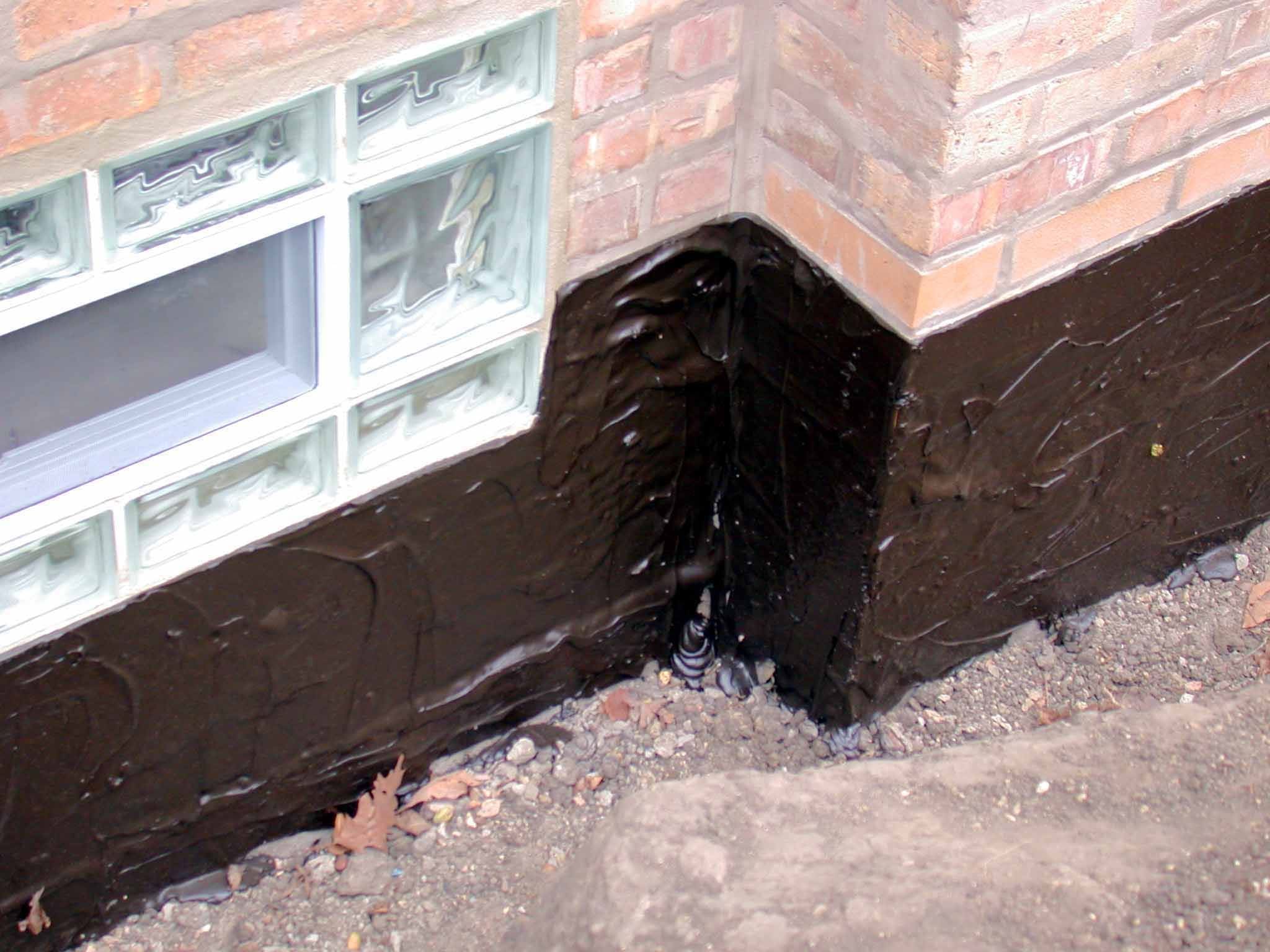
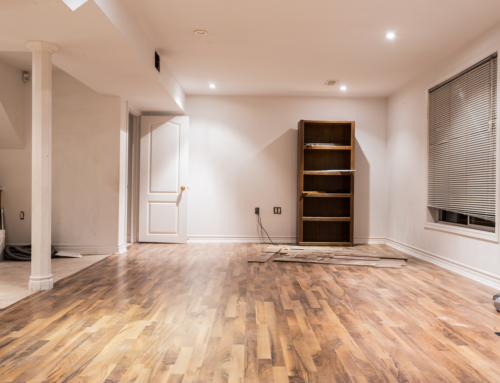

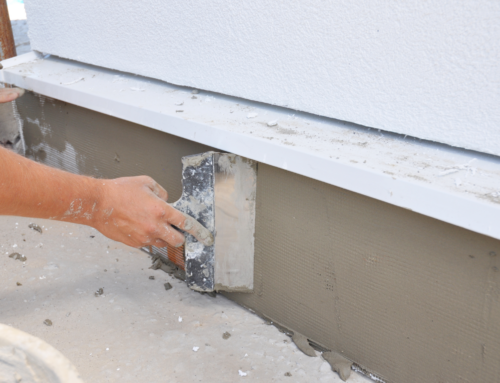
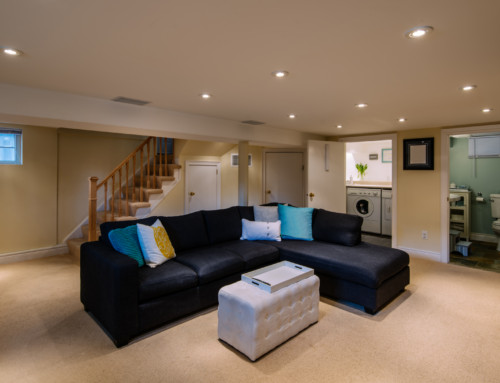
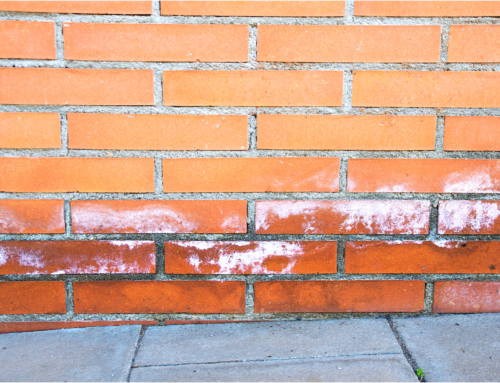
Leave A Comment